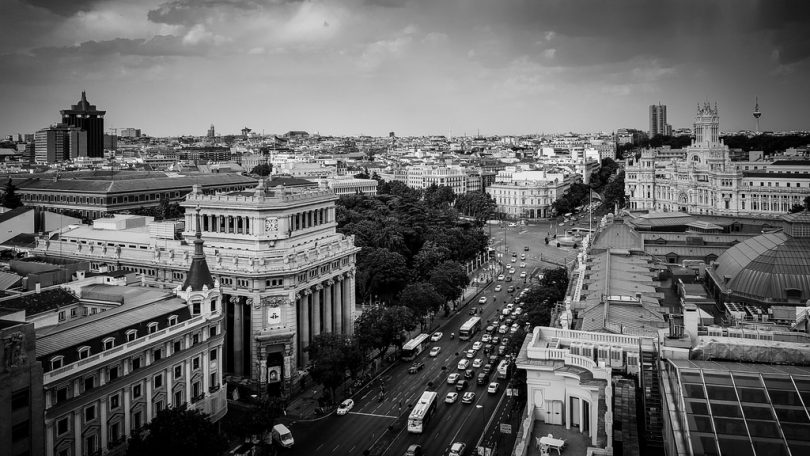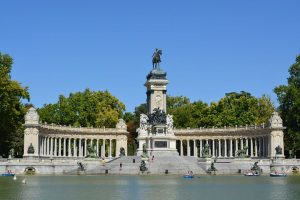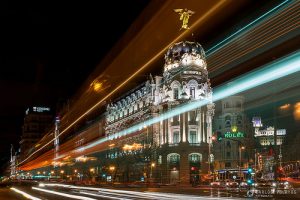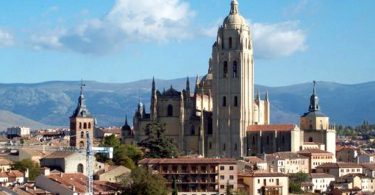Madrid is the capital of Spain and one of the most important cities in Europe, being also the most populated city in the country, with a total of 3.1 million inhabitants according to the National Institute of Statistics (INE) in 2016, and one of the largest cities in Europe. In this ShMadrid article, we discover the history of Madrid as the capital of Spain and its development as a city.
Related article: Tips for a great visit to Madrid
Index
Madrid’s Early History
There aren’t any specific year references about Madrid’s formal establishment, but archaeological evidence that has been found dating the first humans in the area during the Paleolithic era. While there wasn’t a significant population in the area, artifacts located a dozen deposits of the Lower and Middle Paleolithic that ran simultaneously during the Roman and Visigothic times. There are also remains of a Roman settlement near the Manzanares River, corresponding to small stately villas of that time. However, the first historical news collected from the city was during the Muslim era at the end of the ninth century, when the Emir of Córdoba, Muhammad I, decided to build a fortress to watch over the Guadarrama mountain range and protect the city of Toledo, the old Visigothic capital. In 977, the caliphate of Córdoba disintegrated and Madrid became part of the Taifa kingdom of Toledo. Later, between the years 1083 and 1085, during the reconquest of Spain and surrendered Toledo to Alfonso VI of León and Castile, Madrid passed into Christian hands like other several populations of the Castilian kingdom and joined the Crown of Castile, increasing the importance of the city within the territory thanks to its strategic location.
Related article: Get online discounts for Madrid
As The Capitol Of Spain
It was not until the year 1561 during the reign of Felipe II when he moved his court to Madrid, when the city had 30,000 inhabitants. Reasons included the need to separate the Court from the influence of the powerful Archbishop of Toledo, the milder climate, the geographical advantages, and the natural wealth of the environment, putting Madrid at the political center of the monarchy. The city began to grow at an accelerated rate, building new noble buildings, churches, convents, monasteries, and demolishing the old city wall to build a new one. Except for a brief period under Felipe III, Madrid became the permanent capital of Spain for both civilian government and the monarchy. The previous capital was the city of Valladolid and, during the Spanish Civil War, the Spanish Second Republic government temporarily moved first to Valencia and then to Barcelona. Burgos was the Nationalists headquarters during the Civil War until they won in 1939, returning to the city of Madrid and permanently keeping it as Spain’s capital, the most important city in the country. The Palacio de las Cortes serves as the government’s headquarters while Palacio Real de Madrid is the official residence of the monarchy.
These are some of the curiosities that have led the city of Madrid to become the Capital of Spain over time. Give us your opinion about it!








